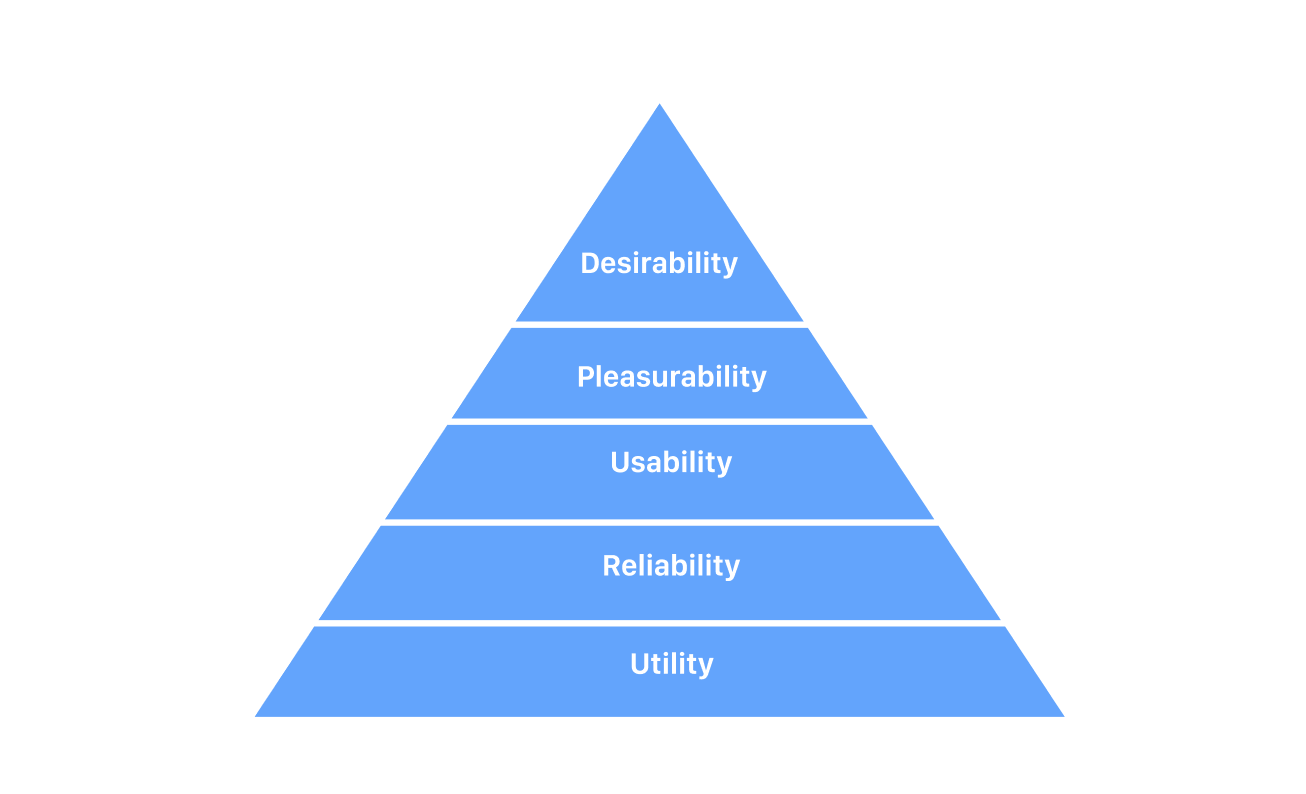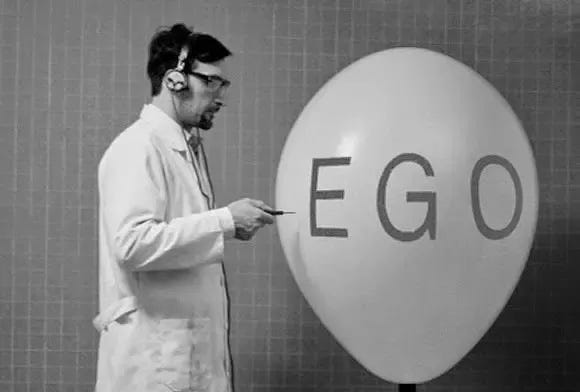Why you should not search for a product designer at Dribbble

Dribbble is one of the most popular platforms for designers. It’s an excellent place to go for inspiration. Yet, Dribbble might not be the place to search for a product designer, and here are three reasons why.
Over-focus on the visual aspect of design
What works attract a lot of attention at Dribbble? Works that have unique visual language and interaction patterns. Such works look very impressive to many people, but there is one problem. Designers that create such works rarely think about the usability (how users will use this design) and feasibility of the solutions they create (can developers build it). Just because something looks cool does not automatically make it usable and feasible.
Design is not for designers. It’s for users.
Why does it happen? It happens because a person calls themself a “product designer” but does not have real expertise in product design apart from creating nice-looking Dribbble shots. This person doesn’t understand how to conduct user research to learn user mental models or test solutions to validate the design with real people. This person doesn’t understand the value of creating a user journey to understand user interactions and uncover places where users can face problems. As a result, when such designers have a real-world problem they need to solve, they fail. Design, in this case, becomes a decoration.
Design is not decoration
Another reason over-focusing on visual design is bad is that businesses rarely pay for beautiful design. Don’t get me wrong, people love beautiful things, but when it comes to evaluating a solution, business typically wants to have a beautiful and functional design that helps them achieve specific goals. It should solve real problems and be easy to use so that users can enjoy it.

Inability to handle criticism
Lack of detailed feedback is a curse of Dribbble. If you check the comments underneath popular works, you will see “Amazing,” “You nailed it!” or “Love the colors.” Almost nobody discusses how this design will work for the user or whether the solution is feasible.

Lack of detailed feedback creates a huge ego, and unfortunately, this creates problems when such a person with ego problems joins a real project. When you hire a designer that used to receive only praise, you have a person overconfident in their abilities. This person will honestly believe, “I’m a genius designer!”
Such a person might be unable to deal with situations when someone criticizes their work. No matter how good a designer is, people will criticize their work. Handling criticisms is a critical skill that differentiates novice and seasoned designers. Based on my experience, I often had problems communicating changes to designers who were overconfident in their abilities because they simply didn’t listen to feedback. Confirmation bias was so high that they ignored everything that didn’t support their point of view.

Unable to see design holistically
In product design, we used to say, “empathy is paramount.” We try to build empathy towards our users, but we can easily forget about the people we work with. Our colleagues.
Empathize with your users; Empathize with your teammates.
“Development is not my business; it’s up to developers to find the way to code this design” is a phrase I once heard from a very popular designer at Dribbble. This way of thinking is terrible. Indeed, developers sometimes try to use shortcuts to minimize the time required for implementing a solution, but it’s also up to designers to create a design that can be easily coded. And the idea that tech feasibility kills creativity is incorrect.
Constraints foster creativity, not another way around.
I think a lack of empathy and expertise in development makes designers say things like that. That’s why I believe that designers should have at least basic coding skills. It will help designers to evaluate design from different points of view and build empathy for the engineering team.